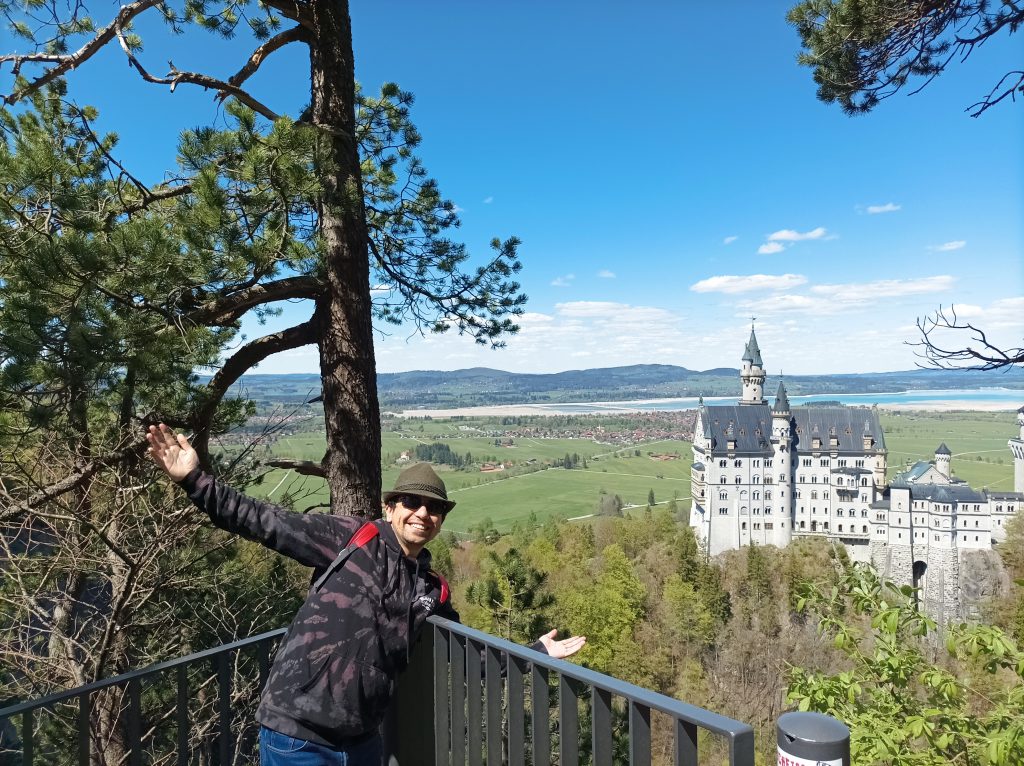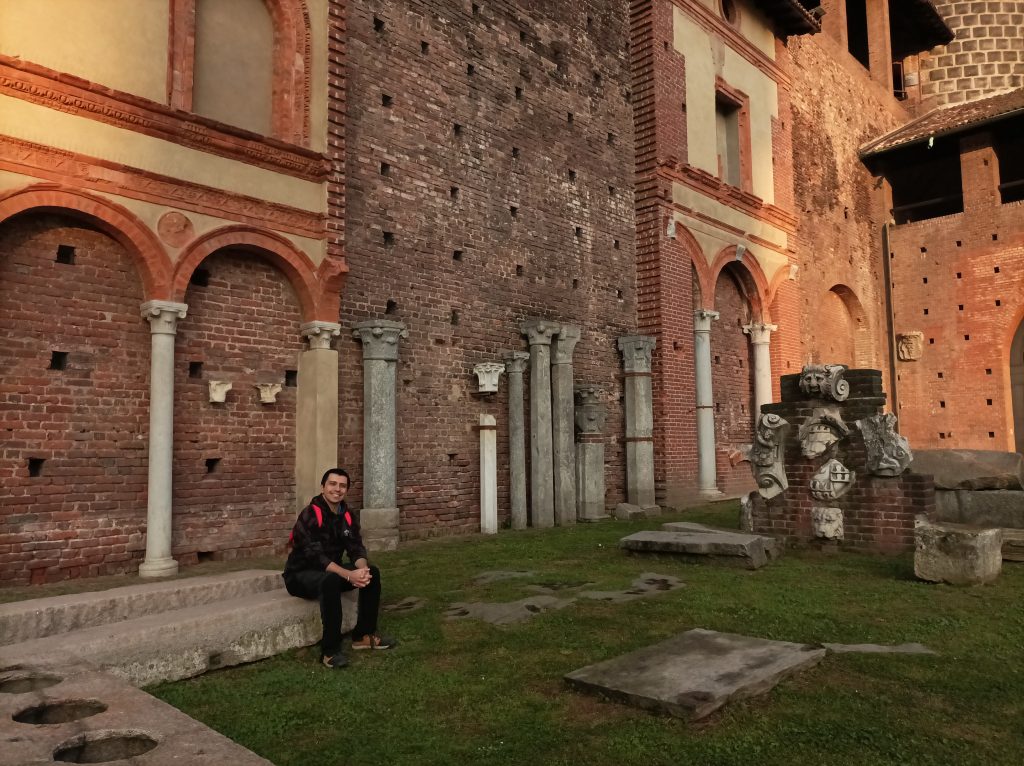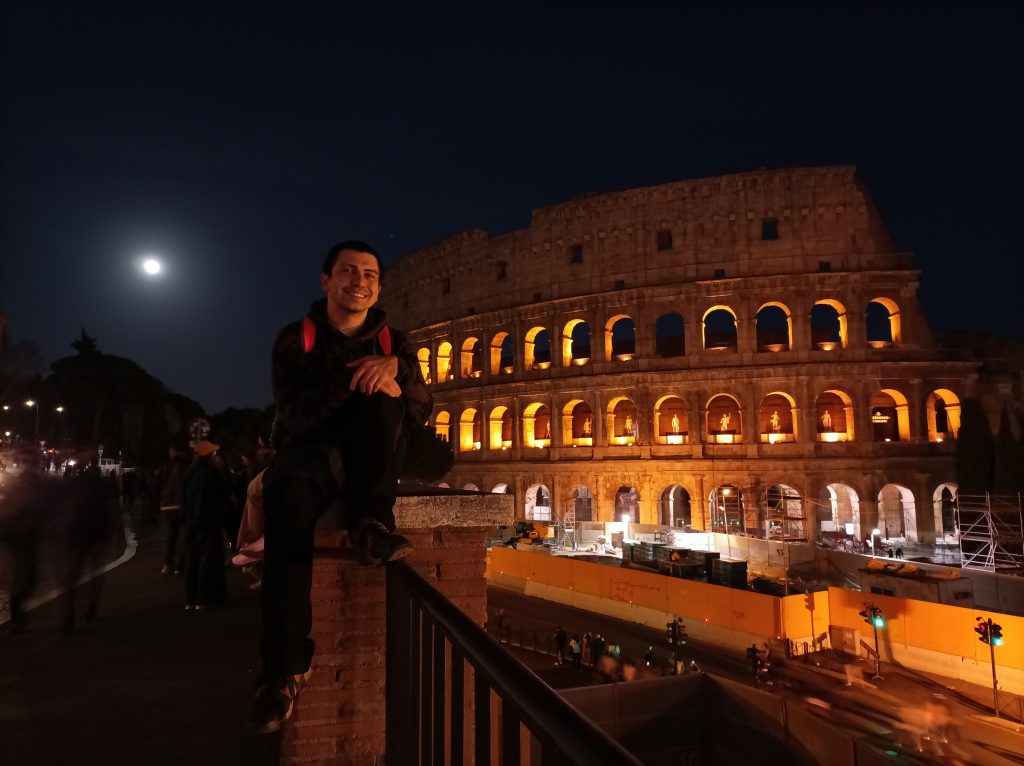The member of the Optoelectronics Laboratory and PhD candidate in PUCV’s School of Electrical Engineering, conducted a research internship at the National Institute of Astrophysics in Italy.
Following his initial internship at the Laboratory of Astrophysics in Marseille (LAM), France, Camilo was invited by Professor Roberto Ragazzoni to join the National Institute of Astrophysics (INAF), based at the Astronomical Observatory of Padua.
“I had a conversation with Roberto Ragazzoni in 2022, a renowned researcher who was intrigued by my work. He gave me his contact information, and from there, the idea of doing an internship arose. Finally, in June 2023, we finalized the details during a conference in Avignon, France”, he said.
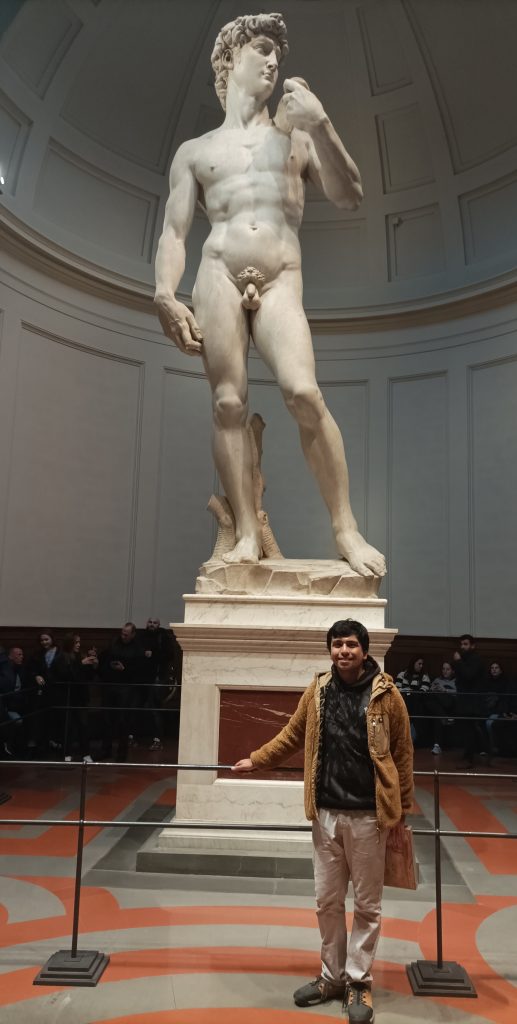
Camilo has been a member of our Optoelectronics Laboratory since 2019 and will soon be presenting his thesis to obtain a Doctorate in Electrical Engineering. His research focuses on the use of neural networks for adaptive optics in the next generation of Extremely Large Telescopes, based on the pyramidal sensor designed by Roberto Ragazzoni, the same professor who invited him to undertake the internship.
In this opportunity, Camilo joined an ongoing research project at the institute, related to his area of expertise but in a different branch. He shares his experiences about this and life in the historic city of Padua.
How did the opportunity for this internship come about?
In June 2023, when I met Professor Roberto Ragazzoni at the conference in Avignon, the idea for the internship was much clearer. I already had ANID funding, which gave me many more possibilities to travel, so we finalized the details, and the professor invited me to work with the team in Padua.
What was the work like in Padua?
They have a team working on a wavefront sensor prototype called Ingot. I arrived as a visitor to see how I could contribute. I started working with a researcher named Carmelo Arcidiacono, who also works with telescopes and wavefront sensors, but focuses on sensor analysis.
His work involves reconstructing the Point Spread Function (PSF), which means taking the image provided by the sensor and using that information to reconstruct the guide star. It’s not about simply pointing a camera at a star; it’s about reconstructing it through the sensor.
The sensor only perceives the effect of the star in the telescope, and from there, we reconstruct the star through simulations. The ultimate goal is to do this in real time.
So, is this a new research topic?
I continued working with a sensor, with the same idea of telescopes and neural networks, but I had to change the type of network I was using. That became my new objective: to start using a new type of network exploring a sensor similar to the pyramidal one I had worked with, but more in the realm of research than application.
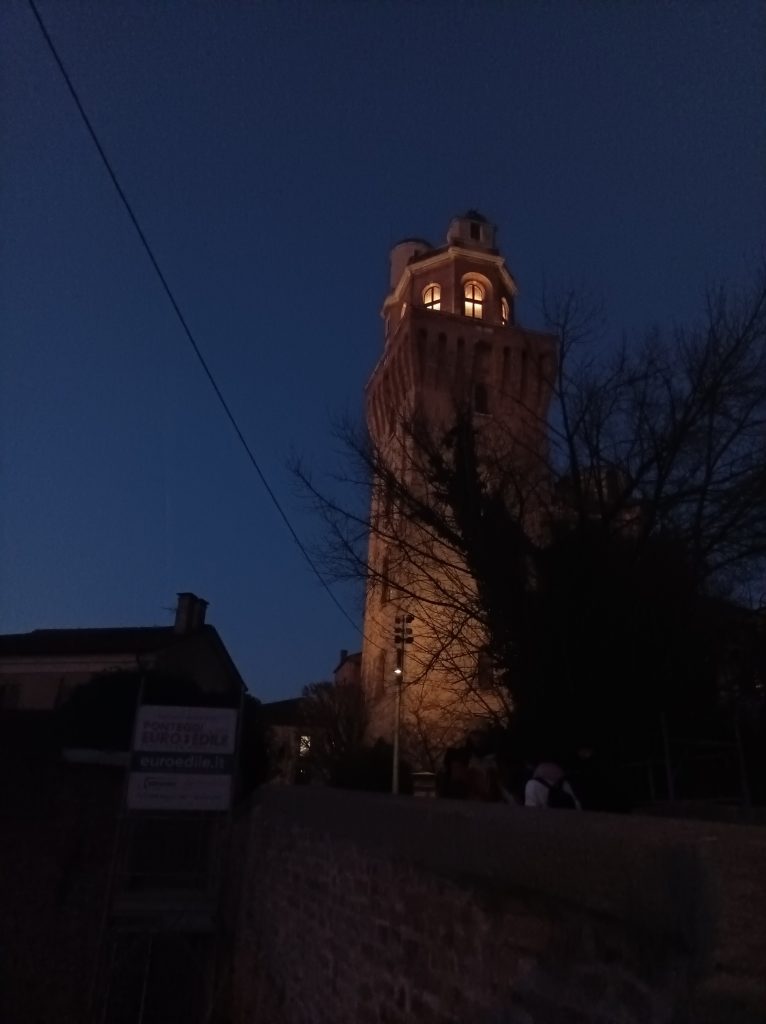
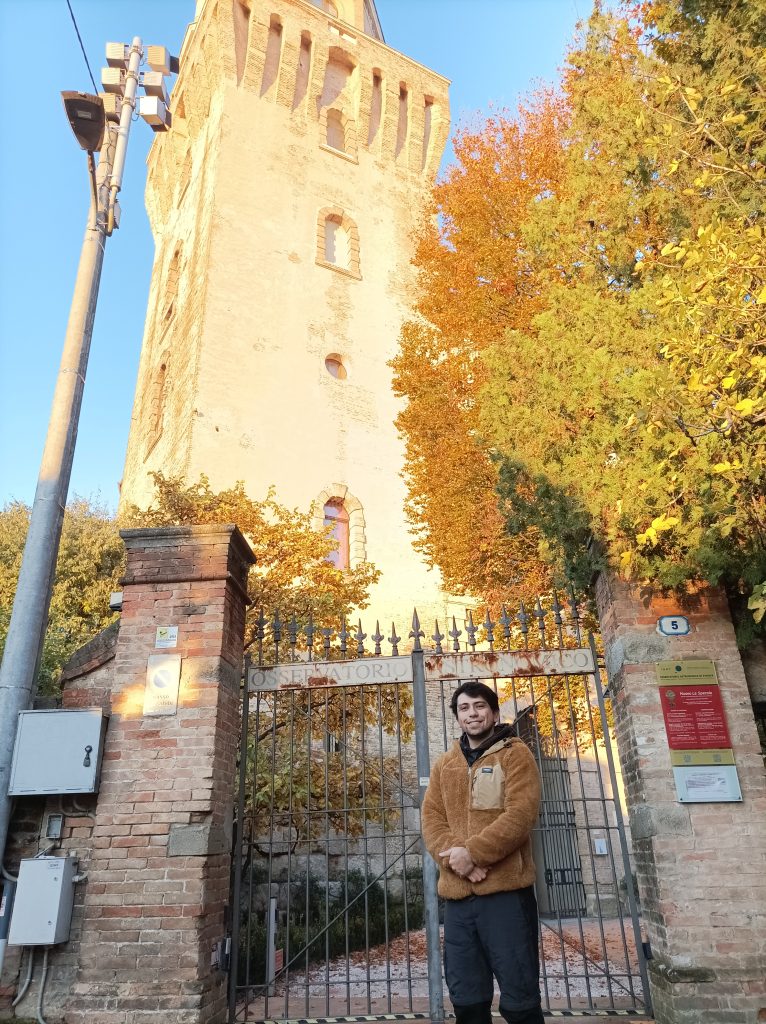
How would you summarize your experience at INAF?
It was a more individualized experience compared to LAM, but it was excellent. I met many people, shared a lot, attended various meetings, and gained a deeper understanding of how Ingot works – a sensor designed for elongated stars, like a cigar. However, understanding its function is still somewhat complicated because it’s a problem that arises with large telescopes.
I think it was very beneficial because it helped me personally to continue applying my knowledge of adaptive optics, telescopes, and neural networks in a new research branch. It’s the same field but a different branch.
What was it like living in Padua?
I would describe Padua as a small, welcoming place, unlike the larger cities in Italy. It’s primarily a city of students and older people, so the streets were very quiet, and it was easy to walk everywhere.
I was in the INAF building, which is now a museum and offices called ‘La Specola – Padova.’ It used to be an astronomical observatory, so many people worked there. Also, Galileo Galilei taught at the University of Padua, so it’s a place steeped in history.
Did you get to travel and explore more?
I’ve always enjoyed traveling and visiting many places, so it was a very good experience. Taking advantage of Christmas and Easter holidays, I had several days off and could travel and explore many nearby countries. In the European Union, the accessibility to travel extensively is highly recommended.
The work conducted by our laboratory member in collaboration with INAF is still ongoing, so the challenge of engaging with the operation of the wavefront sensor, Ingot, will continue.
